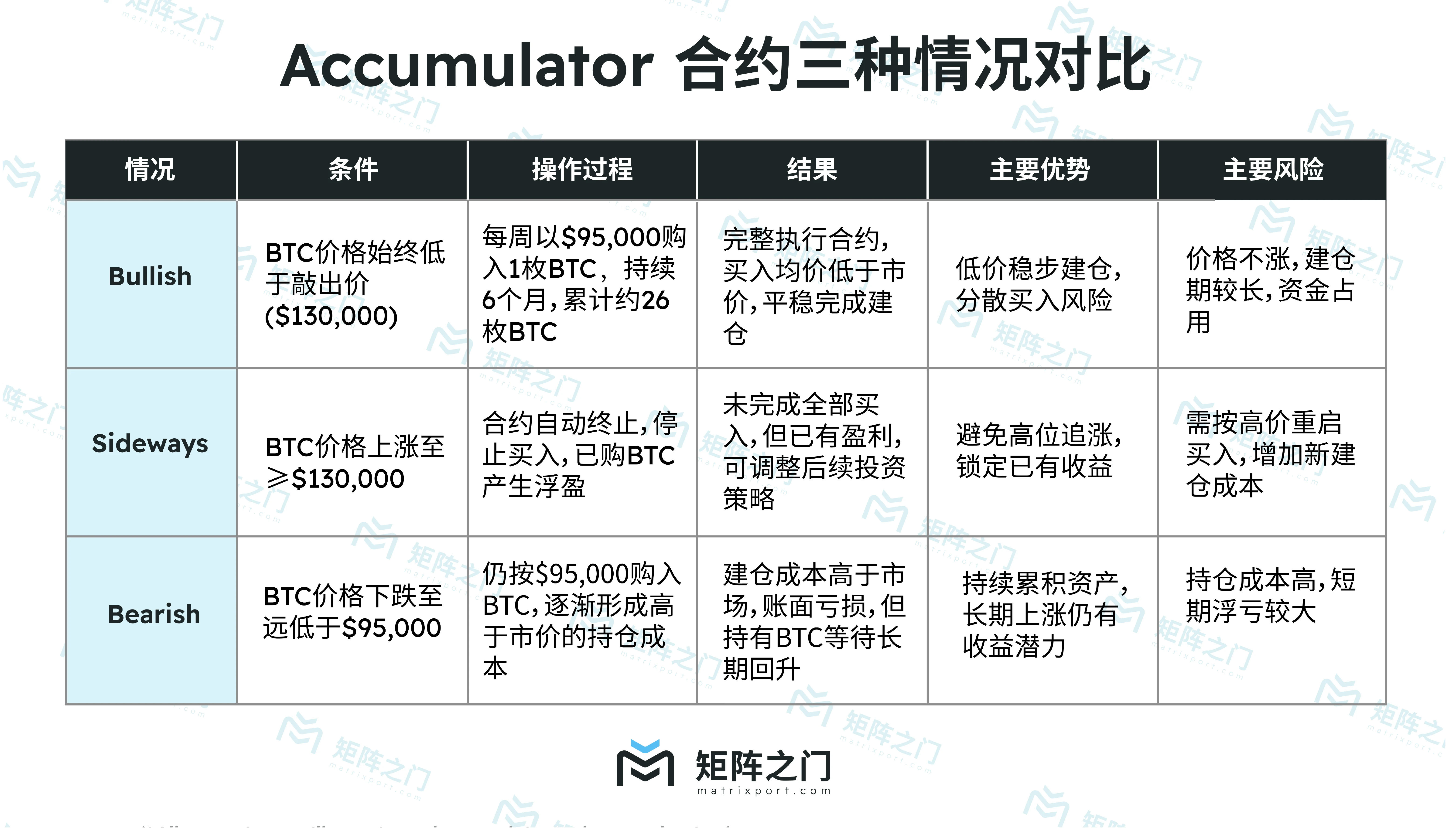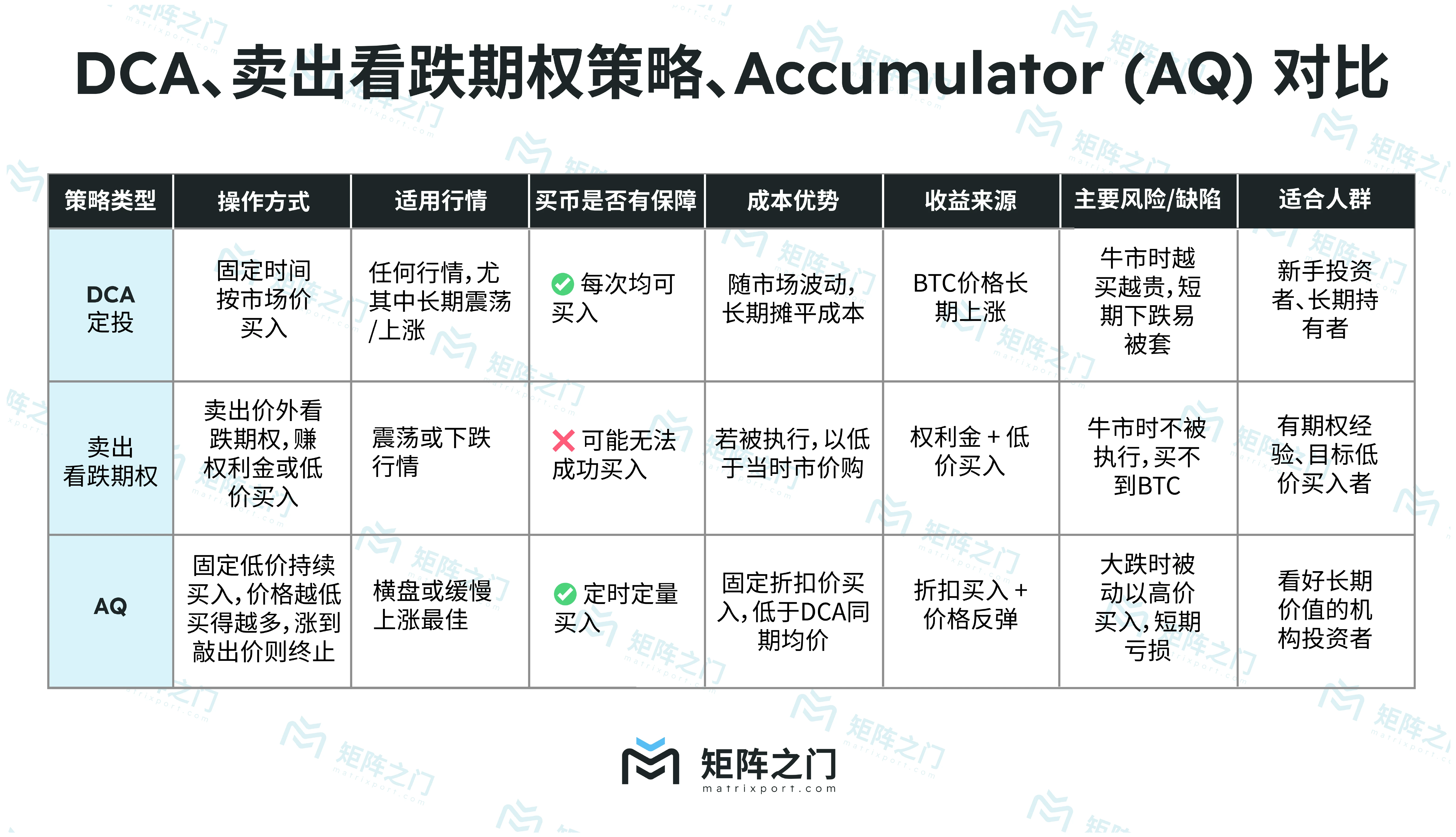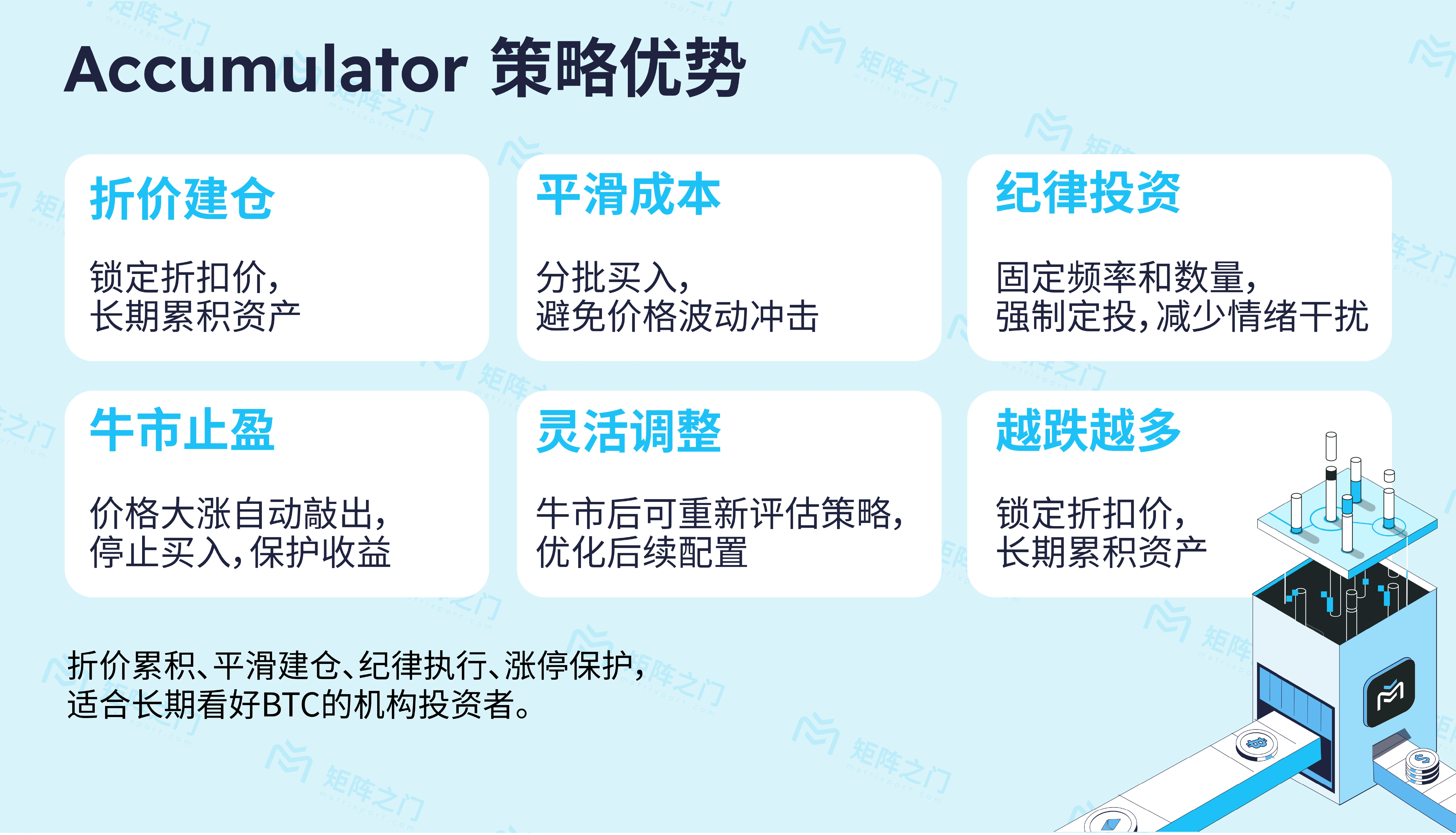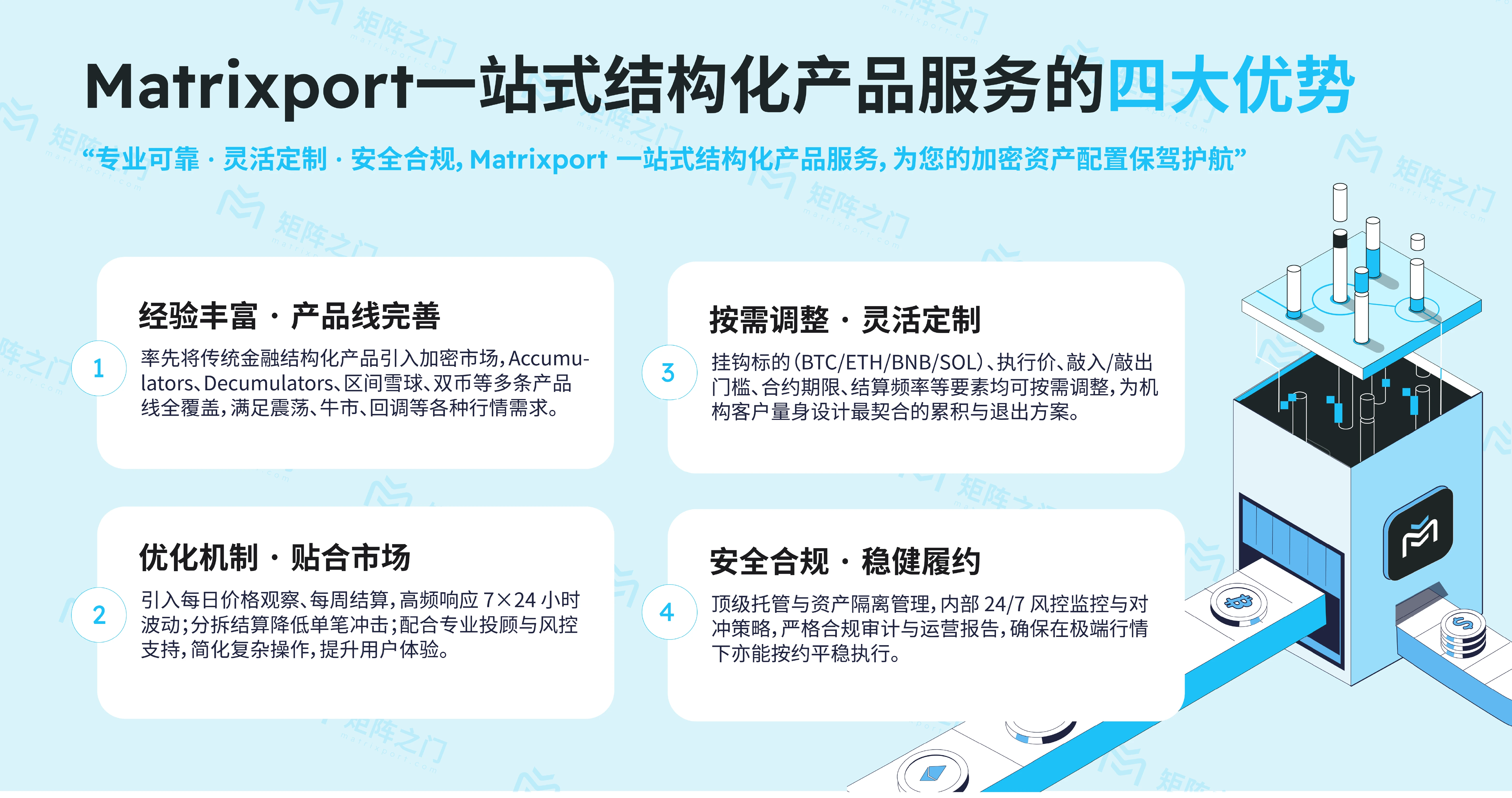1. Introduction: Listed companies are scrambling to allocate Bitcoin and crypto assets
The crypto market rebounded in 2025, and the price of Bitcoin hit new highs, currently standing at around $111,192. Some listed companies have begun to include digital assets such as Bitcoin in their company balance sheets as strategic reserves. A report shows that 61 listed companies whose main business is not digital assets have adopted the Bitcoin Treasury Strategy, that is, allocating part of their cash reserves to Bitcoin. Many of these companies are trying to replicate MicroStrategys success. The software company has continued to purchase Bitcoin since 2020 and now holds more than $63 billion worth of Bitcoin reserves. Its stock price has soared more than 30 times since 2020. The price of Bitcoin broke through $110,000 this year to set a record high, driving this wave of Bitcoin Treasury trend. Many imitators doubled their Bitcoin holdings in just two months, holding a total of nearly 100,000 Bitcoins.
What is even more striking is that this trend is spreading from Bitcoin to other mainstream cryptocurrencies such as Ethereum and Solana. Companies have various motivations for adopting crypto asset treasury strategies: on the one hand, they want to fight inflation and avoid the risk of fiat currency depreciation; on the other hand, they hope to gain returns by holding and staking crypto assets, while attracting a new generation of investors. For example, SharpLink Gaming, a Nasdaq-listed company in the United States, raised $425 million in the second quarter of 2025 and purchased 176,271 Ethereum coins in one fell swoop, becoming the public company with the most Ethereum in the world. Another example is the consumer goods company Upexi, which recently announced the establishment of the Solana Treasury to purchase and hold Solana tokens in the hope of increasing the companys attention and achieving growth. Brian Rudick, strategy officer of Upexi, pointed out that from the perspective of shareholder interests, if a company raises funds, it is better to allocate part of the funds to the digital asset treasury that the market is optimistic about, rather than investing in traditional businesses. It turns out that these companies that boldly embrace crypto assets often receive positive responses from the capital market, and their stock prices perform better than their peers.
However, it is not easy for companies or investors to buy a large amount of cryptocurrencies in the open market at one time: this may push up the purchase cost and even cause market shocks. For this reason, more and more institutions are beginning to seek more strategic and gradual position-building tools. In the traditional financial field, there is a well-known structured product that helps investors accumulate underlying assets in batches - this is the Accumulator product we are going to introduce today. This article will popularize the operating principles, advantages and risks of the Accumulator, and explore why it is becoming a secret weapon for companies to deploy digital assets. It also briefly introduces Matrixports superior services in this field.
2. What is an Accumulator?
Accumulator, literally translated as accumulator, is an over-the-counter structured derivative product originating from the stock and foreign exchange markets. It allows investors to buy a certain asset regularly over a period of time at a pre-agreed execution price, thereby gradually accumulating positions. In laymans terms, the Accumulator contract is equivalent to locking in a fixed purchase price, and investors buy regularly at this price, regardless of how the actual market price changes. This allows investors to continue to build positions in a volatile market, and the execution price is usually lower than the market price at the time of signing the contract, which is equivalent to buying assets at a discount.
An Accumulator contract typically contains the following key elements:
Underlying Asset: The cryptocurrency that the investor wishes to accumulate (e.g. BTC, ETH, SOL, etc.).
Strike: The agreed purchase price, which is often slightly lower than the initial market price, giving investors room for a discount.
Nominal Quantity: The total quantity planned to be purchased cumulatively during the contract period, usually allocated to a fixed daily or weekly purchase amount on a periodic basis.
Period and duration: How long the contract lasts, and how often it is traded (e.g. daily or weekly purchases).
Knock-Out Barrier: A pre-set price ceiling barrier. If the underlying market price reaches or exceeds this price during the contract period, the contract will be terminated early. The knock-out clause is equivalent to setting a ceiling for the contract: when the market is overheated, the contract automatically ends to prevent investors from continuing to buy at high prices.
Through the above mechanism, Accumulator allows investors to bet that the price will remain within the range between the strike price and the knock-out price during the contract period. As long as the market price remains below the knock-out price, investors can continue to buy assets at the strike price, thereby accumulating positions; once the price breaks through the knock-out price, the contract automatically ends and investors stop buying further.
It is worth noting that Accumulator contracts are different from ordinary options - investors do not have the right to buy, but rather the obligation to buy. That is to say, during the period agreed in the contract, regardless of the market conditions, investors must purchase the agreed amount of assets at the strike price (unless a knock-out is triggered). This is particularly important because it is both the attraction of Accumulator (forced savings, disciplined position building) and its risk (still need to perform when the market is unfavorable).
3. How it works: A simplified example
In order to understand the operation of the Accumulator more intuitively, we design a hypothetical scenario using Bitcoin as an example:
Initial situation: Assume that the current BTC price is about $106,500. A listed company expects BTC to rise moderately or go sideways in the next six months and hopes to gradually buy Bitcoin without pushing up the market price.
Set up the contract: The company signs a BTC Accumulator contract with a financial institution for a period of 6 months. The agreed execution price is $95,000 (about 10% discount to the current market price), settled once a week, and a fixed purchase of 1 BTC per week. The knock-out price is set at $130,000. This means that during the contract period, as long as the BTC price does not reach $130,000, the company can buy 1 BTC at $95,000 every week.

From the above cases, we can see that the core of the operation of Accumulator is: when the market trend is in line with expectations (the price does not rise or fall sharply), investors can gradually buy at a fixed price lower than the market price to spread the cost; when the market rises sharply, the product automatically stops, and investors are not forced to chase high prices; but if the market falls sharply, investors must continue to fulfill their contracts and purchase at a price higher than the market price, facing the risk of book losses. This stop when it rises, buy when it falls mechanism reflects the risk-return characteristics of Accumulator. Lets further analyze its advantages and disadvantages.
4. Comparison of AQ with Sell Put Strategy and DCA Strategy
Accumulator (AQ) is a structured product designed to accumulate crypto assets in the long term and reduce the cost of building positions. In order to better understand the advantages and limitations of AQ, it is necessary to compare it with two common cryptocurrency building strategies on the market:
DCA (fixed investment): also known as dollar cost averaging, means investing a fixed amount of money to buy Bitcoin every once in a while (such as every week or month) regardless of the market price, so as to level the cost in the long term. It is simple to operate and does not require judging the market conditions.
Sell put option strategy: refers to investors selling Bitcoin put options to the market. If the Bitcoin price falls below the strike price, the other party will exercise the option and the seller will buy BTC at a lower price; if the price does not fall below, the seller earns the option fee. It is suitable for volatile or slightly falling markets, with stable returns, but BTC cannot be bought in a bull market.

In summary, the DCA strategy is simple and easy to understand and suitable for all market conditions, but the bull market will increase the cost of opening a position and it is easy to be trapped in a bear market; the strategy of selling put options is suitable for volatile markets, and profits can be earned by collecting premiums or buying at low prices, but coins cannot be bought in a bull market; the Accumulator is more suitable for long-term bullish institutional investors, buying cheaply when the price falls and stopping in time when the price rises, taking into account both the cost of opening a position and risk control.
Therefore, for institutions with long-term BTC allocation needs, the Accumulator strategy takes into account both low-price position building and preventing bull market chasing highs. Compared with DCA and selling put options, it has more advantages in a volatile upward market.
5. Advantages: Discount Accumulation and Disciplined Investing

6. Risks and precautions
Although Accumulator has many advantages, investors must also fully understand the risks involved to avoid falling into blind spots:
Market downside risk: The biggest risk of the Accumulator is price decline. If the price of the underlying asset falls sharply below the strike price, investors still need to continue to buy at a strike price higher than the market price, which will result in floating losses. This has been reflected in previous cases. Therefore, the premise of adopting the Accumulator strategy is that investors are bullish on the underlying asset in the long term and have sufficient funds and patience, and have the confidence to continue to hold even if there is a book loss in the middle.
Loss of right of regret: Once an Accumulator contract is signed, investors assume the obligation to buy and cannot unilaterally withdraw midway (unless a knock-out is triggered). This means that if the market environment or company strategy changes, you cannot stop buying like ordinary spot trading. For companies, this is a commitment that requires careful decision-making.
Opportunity cost: When the market is in extreme conditions (whether it is a sharp rise or a sharp fall), the preset mechanism of the Accumulator may cause investors to miss better operation opportunities. For example, if the market plummets, it is obviously more cost-effective to buy directly in the secondary market than to buy at the strike price, but the Accumulator cannot allow you to temporarily change the price or increase the buying power, and the flexibility is limited. On the contrary, if the market soars rapidly and triggers a knock-out and continues to rise, investors may not be able to buy the planned position due to the termination of the contract, thereby enjoying less of the increase in benefits.
Product complexity: Accumulators are over-the-counter structured derivatives with complex contract terms, including multiple parameters such as strike price, barrier price, observation frequency, settlement cycle, etc. Some accumulators may also have other built-in terms (such as double accumulation terms: when the price is below a certain level, the purchase amount is doubled each period), which increases the complexity and risk of the product. Therefore, investors need to ensure that they fully understand the details of the contract and assess whether their risk tolerance matches the product. If you lack experience in this area, it is best to seek guidance from professional institutions.
In general, Accumulator is suitable for investors who are bullish on long-term value, expect price range fluctuations, and are able to bear the risk of short-term fluctuations. For example, many companies are willing to gradually buy Bitcoin and other strategic reserve assets through such products because they have a long-term vision and strong financial strength, can withstand the book pressure brought by short-term fluctuations, and hope to build positions with lower costs and more robust methods. If you consider using Accumulator, be sure to do stress testing and risk scenario analysis to ensure that the companys financial situation can cope with it calmly even if the market trend is unfavorable.
7. Why does corporate finance favor Accumulator?
For businesses looking to incorporate digital assets into their financial strategies, Accumulator offers a unique set of solutions that meet their needs:
A powerful tool for large purchases: Enterprises often purchase large amounts of coins. If they buy them directly from the exchange at one time, it may not only push up the price, but also easily attract market attention (or even be targeted by speculators). Accumulator enables enterprises to make small and multiple purchases step by step, just like breaking a huge purchase into dozens of small purchases, which is more concealed and operational. It is difficult for market participants to detect the big plan behind a single purchase, thereby reducing market impact and slippage costs.
Cost controllable, budget-friendly: Corporate finance usually needs to execute investments within the budget. With Accumulator, CFOs can lock in the purchase price and total planned investment before the contract is signed, so they can have a clear idea of future expenditures. As long as the price does not trigger a knock-out, the above plan will be steadily implemented, and the budget will not be forced to increase due to rising market prices. In addition, if the market situation exceeds expectations (high prices trigger a knock-out), the subsequent budget will be saved, and the company can choose to wait and see at a high level or invest in other uses, which allows them to advance or retreat with ease.
Long-term layout, reduce human interference: Many companies are optimistic about the long-term value of crypto assets such as Bitcoin, but daily price fluctuations and public opinion noise may interfere with decision-making. Accumulator is equivalent to setting an automated investment plan for the company in advance, eliminating the influence of human subjective emotions. Corporate management does not have to watch the market every day or worry about when to buy, but only needs to execute the established operations regularly according to the contract. This long-term custody strategy helps companies adhere to long-term strategies and not waver repeatedly due to short-term fluctuations.
Financial flexibility and benefits: As mentioned above, once the assets accumulated through the Accumulator reach the target position, the company not only obtains the value-added potential of the digital assets themselves, but can also use them for pledge lending, earn interest, etc. as needed, so that the assets can generate further income. Many companies that implement crypto treasury strategies will pledge their coins. For example, the company that purchased Ethereum pledged more than 95% of its ETH to obtain blockchain verification rewards. Therefore, using the Accumulator to build a position will not prevent the company from conducting financial operations on the crypto assets it already holds in the future. On the contrary, it opens up more diversified capital operation space for the company.
In summary, Accumulator can help companies implement crypto asset allocation strategies more intelligently: getting chips without disrupting the market, and sending professional and prudent signals to investors. This also explains why we see more and more institutions inquiring about and adopting such tools for digital asset investment.
8. Four major advantages of Matrixport: one-stop structured product service

9. Conclusion
As digital assets such as Bitcoin go mainstream, more and more companies are incorporating them into their long-term development strategies. In the pursuit of allocating crypto assets, how to buy, how to buy, and at what price have become issues that companies need to seriously consider. A simple and crude one-time purchase is often costly and risky; using structured financial instruments to cleverly lay out is undoubtedly a smarter choice.
Accumulator is such an innovative tool that helps companies and investors accumulate crypto assets in a planned and low-cost manner. By locking in discounted prices to build positions in batches and setting stop-loss and take-profit mechanisms, Accumulator provides investors with the opportunity to obtain an ideal average price in a volatile market. But as we discussed, it also requires users to have confidence in the market and risk tolerance. For companies that are firmly optimistic about the long-term value of digital assets such as Bitcoin, Accumulator provides a compromise: to achieve steady growth in strategic holdings without being reckless or rash.
We hope that this popular science article can help readers understand the principles and application scenarios of the Accumulator product. It is important to make everyone aware that in the ever-changing crypto market, making good use of financial tools can achieve twice the result with half the effort. Matrixport is willing to be your partner in exploring the world of digital assets and provide support and services for your financial innovation journey. If your company is considering investing in crypto assets, you may wish to learn about the structured product portfolio including Accumulator - perhaps this will be the key to your next success story.
(Risk warning: Digital assets and their derivatives are highly volatile and risky, so investment decisions should be made with caution. This article is for scientific popularization and communication only, and is not any investment advice.)










